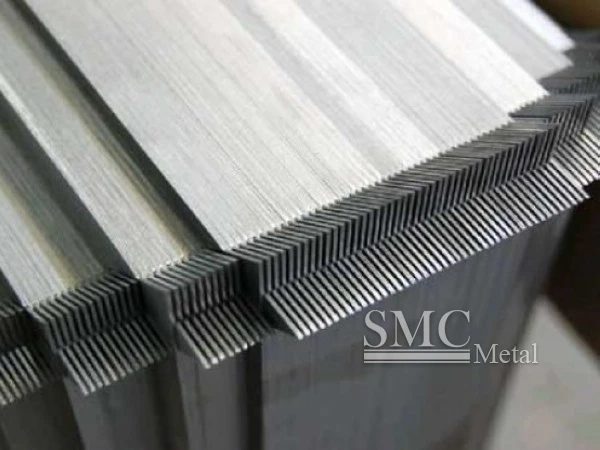Small hysteresis area resulting in low power loss per cycle low core loss and high permeability.
M19 lamination steel.
Electrical steel lamination steel silicon electrical steel silicon steel relay steel transformer steel is an iron alloy tailored to produce specific magnetic properties.
The m stands for magnetic material.
The number is representative of the core loss of that grade.
This inorganic surface treatment equivalent to astm type c 4 coating is produced by special chemical and thermal processing of the steel surface.
Due to substantially higher material cost thin electrical steel is used primarily for high performance and high frequency applications.
The american iron and steel institute type numbers and ak steel designations for electrical steel grades con sist of the letter m followed by a number.
More detailed information about these two types of steels can be found in the metals handbook.
Electrical steel also called lamination steel silicon electrical steel silicon steel relay steel or transformer steel is specialty steel tailored to produce certain magnetic properties such as a small hysteresis area small.
Laminations sotek specializes in electrical steel laminations stacked stator core rotor core assembly manufacturing for motors and generators.
They all are non oriented electrical steel fully processed m15 are available in two.
Electrical steel is usually manufactured in cold rolled strips less than 2 mm thick.
What is a lamination.
Aisi type equivalent of m15 m19 and m27 are astm equivalent of 36f145 36f155 and 36f175 respectively.
Ak steel di max m 19 nonoriented electrical steel categories.
Thickness mm core loss 1 5t 50hz.
There are two types of electrical steels used for rotor laminations semi processed and fully processed.
Both are non oriented steel grades.
Standard grades from m 15 to m 47 are available with the advantages.
Nonoriented electrical steels are silicon steels in which magnetic properties are practically the same in any direction of magnetism in the plane of the material.

